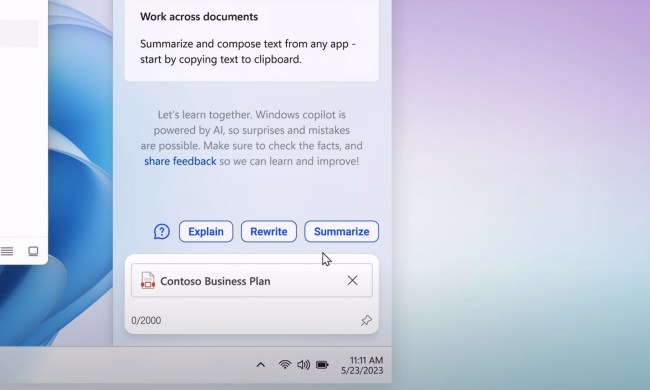
As Microsoft noted in a news release, the Coco Framework is meant to reduce the complexity currently associated with blockchain protocol technology. As such, the company notes, the framework could pave the way for “more complex, real-world blockchain scenarios across industries — like financial services, supply chain and logistics, healthcare and retail — further proving blockchain’s potential to digitally transform business.”
Once integrated with a blockchain network, the Coco Framework could allow for transaction speeds of more than 1,600 transactions per second as well as seamless and confidential data management.
“Blockchain is a transformational technology with the ability to significantly reduce the friction of doing business,” Mark Russinovich, chief technology officer of Azure at Microsoft, said. “We have listened to the needs of our customers and the blockchain community and are bringing foundational functionality with the Coco Framework.”
While this won’t necessarily mean that every company everywhere will suddenly implement blockchain solutions, it does mean that large corporations that have trouble reaching privacy and security at scale could begin to more easily take advantage of a technology that really does lend itself quite well to business.
“We are thrilled to work with Microsoft to bring blockchain to the enterprise,” Rick Echevarria, vice president, Software and Services Group and General Manager, Platforms Security Division at Intel, said. “Our mutual customers are excited by the potential of blockchain. Intel is committed to accelerating the value of blockchains powered by Azure on Intel hardware, by improving the scalability, privacy and security of the solutions based on our technologies.”
So start reading up on your bitcoin and blockchain news, friends. It could soon affect your daily life sooner than you think.


